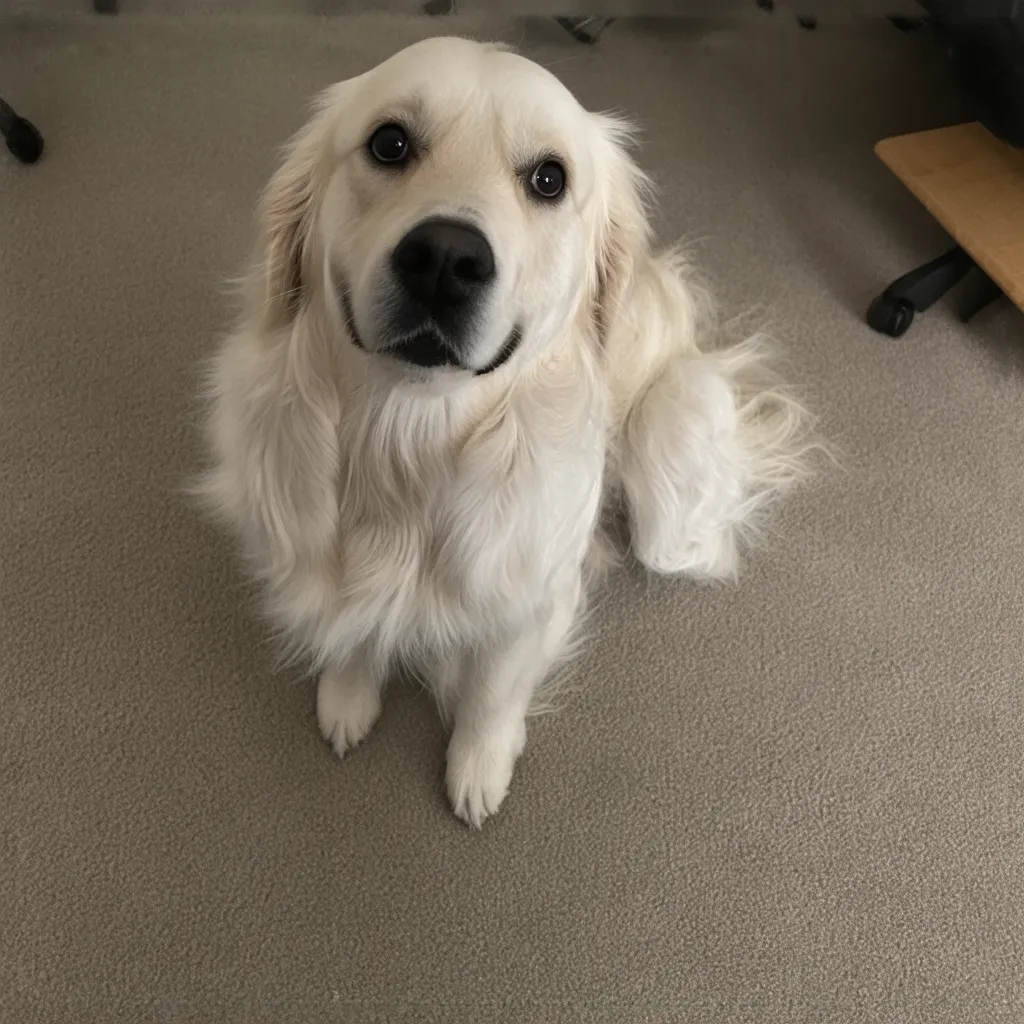Readme
About
A Cog implementation of ostris/ai-toolkit for training StableDiffusion3.5-Large LoRAs.
Follow me on Twitter/X @lucataco93
How to use this model
This model is meant to train a StableDiffusion3.5-Large LoRA. You can either add your Huggingface token to the training parameters to upload your trained LoRA to HF, or download the LoRA after the training run completes and upload it to a cloud storage solution. This way you can then run your trained SD3.5L LoRA with the following model: lucataco/stable-diffusion-3.5-large-lora
How to Train
In the TRAIN tab (between README and VERSIONS) you’ll find the parameters you need to train a LoRA
For destination - select/create an empty Replicate model location to store your LoRAs.
(Ex: lucataco/flux-loras)
For images - upload a zip or tar file of images for training. Images should be in jpg, jpeg, or png format. You may upload the images alone without captions or include a corresponding txt file for each image. If using captions, name each txt file to match its image (e.g., for my-photo.jpg, the caption file should be named my-photo.txt and contain the caption text).
For hf_token - use your Hugging face token to access the Flux-Dev weights for training. Make sure the Access Token has write permissions to upload models to your Hugging face account. At this time, it is recommended you include a token to upload your LoRA to Hugging face
For steps - select a value from 700-4000
By default the trigger word is: ‘TOK’. The other steps are optional
Example training run
Here is a training run uploaded to hugging face of a dog Queso (Trigger word QSO)
How to run your LoRA
Once your LoRA is in Huggingface, go to the model and grab the full URL to the LoRA and use it with the model: lucataco/stable-diffusion-3.5-large-lora
For example, using the example training run Queso the following is an inference run of that LoRA:

Licensing and commercial use
If you generate images on Replicate with StableDiffusion3.5-Large models and their fine-tunes, then you can use the images commercially.
If you download the weights off Replicate and generate images on your own computer, you can’t use the images commercially.
